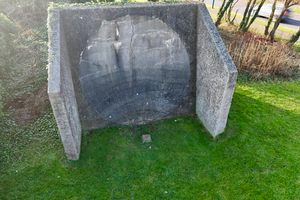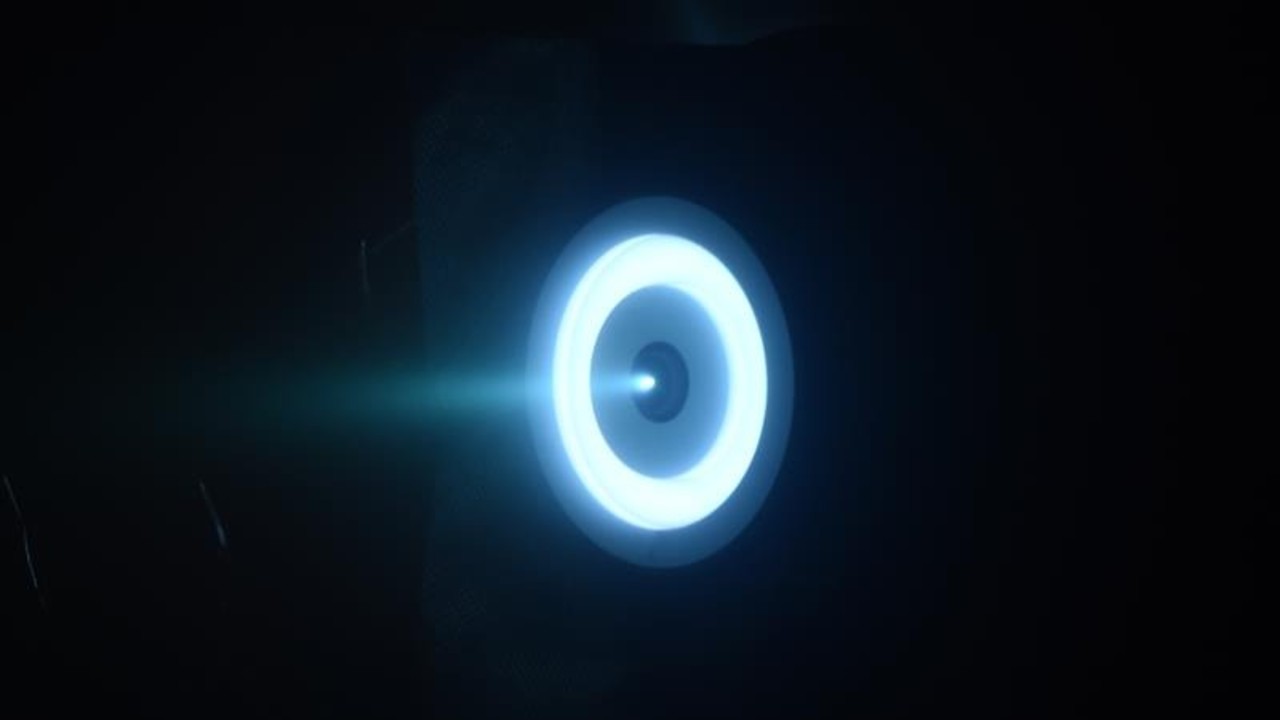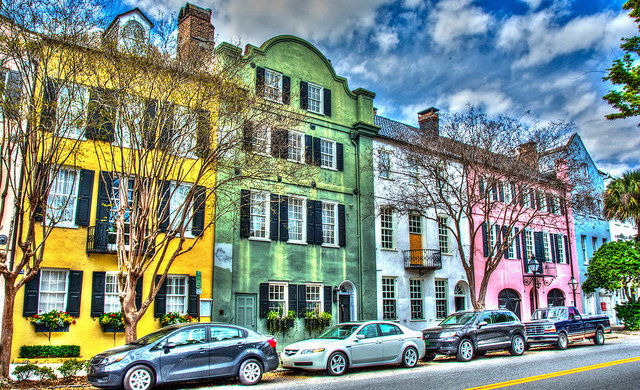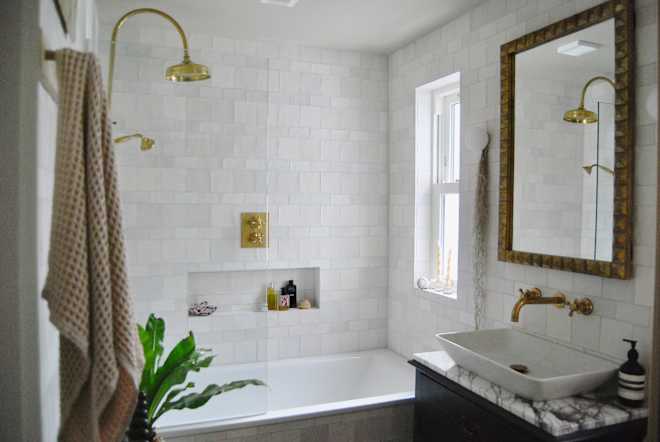Redcar Sound Mirror in Redcar, England
Once part of an enemy aircraft detection system, the sound mirror in Redcar can now easily be passed by without notice. Those who stop to see it, though, will find a long-standing relic of World War I. Originally invented by Major William Sansome Tucker, sound mirrors were designed to alert locals to the incoming wave of enemy forces by air. This particular one, also known as Redcar's Concrete Ear, was constructed in 1916 by British Royal Engineers. It stands a little under 3 meters in height. The ear's concave "mirror surface" was designed to amplify the sound of approaching aircrafts, reflecting and concentrating it into a trumpet on a column. Personnel used a stethescope to hear the noise collected, varying the position of the trumpet to determine the direction of enemy approach. To experience a bit of what this was like, visitors can shout into the middle of the mirror. Their voices will amplify toward people behind them. While the UK mainland was spared enemy invasion during World War I, it was attacked from the air by German Zeppelins in a series of raids along the east coast and over inland cities. Additionally, Hartlepool and Scarborough were shelled by German warships during a coastal raid in December 1914.S ound mirrors were used at the beginning of World War II until they were superseded by the invention of radar. There were once many similar mirrors around the British coastline, but now only a few remain. Redcar's, however, is protected into the future as a "Scheduled Monument."


Once part of an enemy aircraft detection system, the sound mirror in Redcar can now easily be passed by without notice. Those who stop to see it, though, will find a long-standing relic of World War I.
Originally invented by Major William Sansome Tucker, sound mirrors were designed to alert locals to the incoming wave of enemy forces by air. This particular one, also known as Redcar's Concrete Ear, was constructed in 1916 by British Royal Engineers. It stands a little under 3 meters in height.
The ear's concave "mirror surface" was designed to amplify the sound of approaching aircrafts, reflecting and concentrating it into a trumpet on a column. Personnel used a stethescope to hear the noise collected, varying the position of the trumpet to determine the direction of enemy approach. To experience a bit of what this was like, visitors can shout into the middle of the mirror. Their voices will amplify toward people behind them.
While the UK mainland was spared enemy invasion during World War I, it was attacked from the air by German Zeppelins in a series of raids along the east coast and over inland cities. Additionally, Hartlepool and Scarborough were shelled by German warships during a coastal raid in December 1914.S ound mirrors were used at the beginning of World War II until they were superseded by the invention of radar.
There were once many similar mirrors around the British coastline, but now only a few remain. Redcar's, however, is protected into the future as a "Scheduled Monument."


















_Aleksey_Funtap_Alamy.jpg?width=1280&auto=webp&quality=80&disable=upscale#)






















































